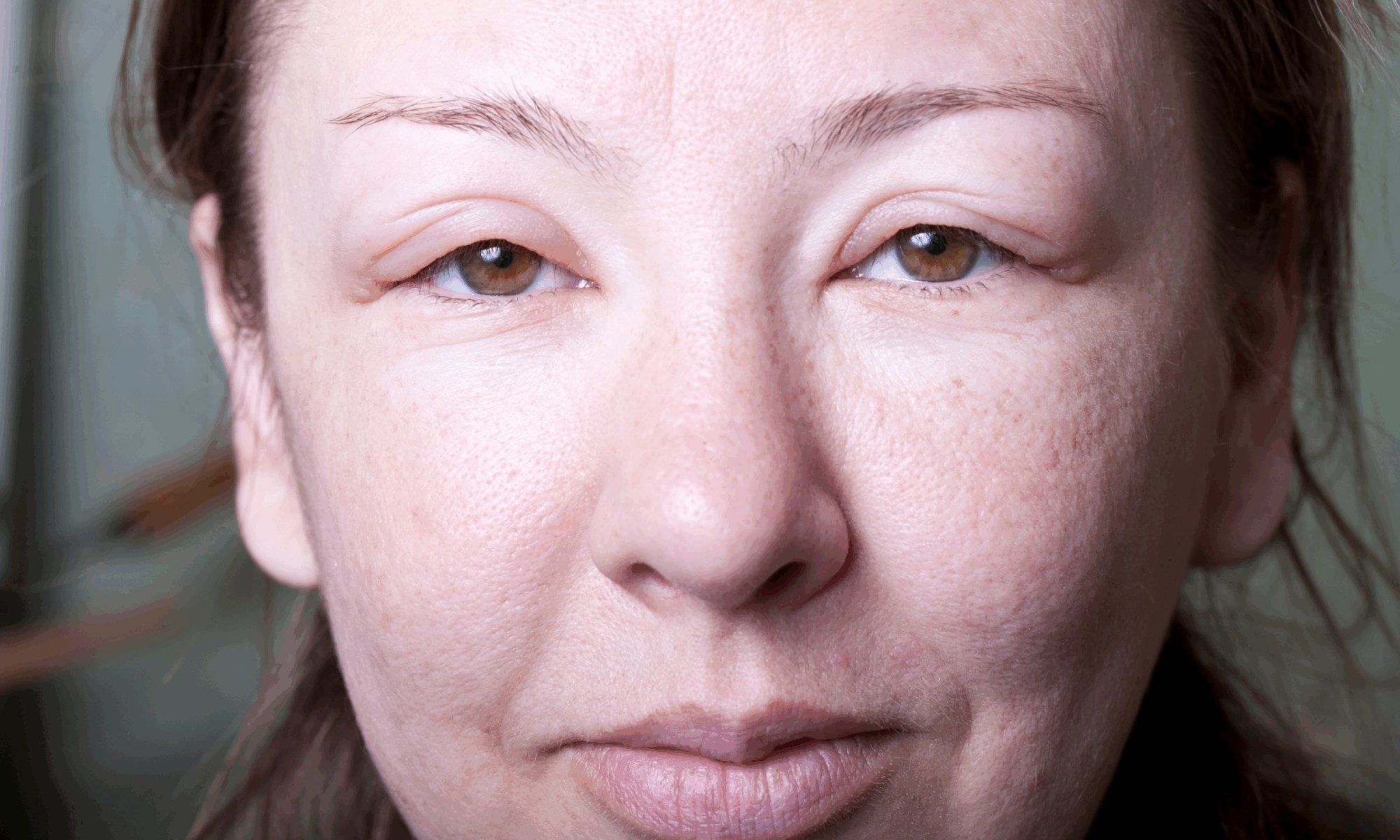Lymphedema reshapes your relationship with your body, dictating what feels comfortable, what swells after activity, what clothes fit, and how energy moves through your limbs. For many, it becomes an unwanted and invisible partner: unpredictable, persistent, sometimes manageable, and often misunderstood.
But what if intentional movement wasn’t the enemy but part of the solution? In San Diego, where integrative therapies flourish and wellness innovation thrives, many clinicians are emphasizing the importance of active lymphedema treatment. One of the most accessible and empowering interventions? Exercise.
Let’s dismantle the outdated advice that movement is risky for lymphedema and explore how exercises for lymphedema can support not just the body, but the autonomy of those living with it.
Understanding the Lymphedema-Exercise Paradox
Lymphedema manifests in the body when the lymphatic system is compromised, typically after lymph node removal, trauma, radiation, or genetic conditions.
The resulting fluid retention in the tissues causes chronic swelling, especially in the limbs, and can lead to heaviness, discomfort, and an increased risk of infection.
Traditionally, the advice was cautious: rest, elevate, and don’t strain the affected limb. Modern lymphedema treatment San Diego now includes structured exercise programs tailored to each individual.
Why? The lymphatic system relies heavily on muscular movement and breathing to function effectively. The lymph has no central pump like the heart. It’s your muscles that move it.
How Exercise Supports Lymphatic Function
When you contract your muscles during exercise, they compress nearby lymphatic vessels. The mechanical action pushes lymph fluid forward, encouraging drainage and reducing stagnation. A strategic and supervised fitness routine, especially when combined with compression garments and manual lymph drainage, has been shown to significantly reduce swelling and discomfort over time. Additionally, controlled movement:
- Improves circulation
- Strengthens tissues that support lymphatic vessels
- Enhances immune function
- Promotes range of motion and flexibility
The leading centers for lymphedema treatment San Diego now routinely integrate physical therapy and exercise science into their care plans.
The Key Principles of Exercising with Lymphedema
Before diving into a new workout regimen, it’s important to follow principles designed specifically for those managing lymphedema.
Start Low, Go Slow
If you’re new to fitness or after post-operative recovery, begin with low-impact movements. Focus on form, breath, and consistency, not intensity. Consistency is one of the golden rules taught in San Diego’s top lymphedema treatment programs.
Your lymphatic system responds better to gentle, rhythmic motion than to sudden, high-impact activity.
Incorporate Compression Garments
Wear prescribed compression sleeves or stockings during workouts, unless directed otherwise by your therapist. These garments support lymph flow and prevent rebound swelling during or after activity.
Focus on Symmetry
Balance both sides of the body when exercising. If your right arm is affected, don’t isolate that side entirely. A full-body approach reduces asymmetrical strain and promotes a more uniform lymphatic response.
Recommended Exercises for Lymphedema

When designed with intention, exercises for lymphedema are profoundly therapeutic. Below are movement categories recommended in comprehensive care environments, such as those offering lymphedema treatment San Diego.
Deep Breathing Techniques
It may seem trivial, but diaphragmatic breathing initiates lymph movement in the thoracic duct, where most lymph drains into the bloodstream.
How to do it:
- Sit or lie comfortably
- Breathe in slowly and rhythmically through the nose for 4 seconds, feeling the belly expand
- Hold for 2 seconds
- Exhale fully through pursed lips for 6–8 seconds
- Repeat 10 times, 2–3 times a day
Range of Motion (ROM) Exercises
These are ideal for early-stage lymphedema or post-surgical cases. They involve gentle joint movement, especially the shoulders, elbows, wrists, hips, knees, and ankles, without resistance. These movements form the base of any supervised exercise plan for lymphedema.
Benefits:
- Prevents stiffness
- Enhances mobility
- Encourages lymph flow in stagnant zones
Resistance Training
Once your baseline strength and control are established, adding light weights or resistance bands can strengthen muscles and improve lymph transport.
In top lymphedema treatment facilities across San Diego, resistance training is introduced gradually and under supervision to monitor swelling response.
Start with:
- 1-3 lb. weights or low-resistance bands
- 10–15 reps per exercise
- Focus on major muscle groups, especially on legs, arms, and back
Walking and Water Aerobics
Cardiovascular movement that is low-impact and rhythmic is ideal. Walking, while wearing compression, helps pump lymph from the lower extremities.
Water exercise is even more effective, as hydrostatic pressure acts like full-body compression. Several clinics offering lymphedema treatment San Diego now partner with aquatic centers to provide water-based therapy sessions.
Why it works:
- Reduces limb weight
- Increases lymph circulation
- Lessen joint strain
When to Avoid Exercise
Your therapist will guide you through what’s safe and when. Always listen to your body and consult your care provider before adjusting your routine. There are situations when exercise should be postponed or modified, especially when you have:
· Active cellulitis or skin infections
· Open wounds or non-healed incisions
· Uncontrolled heart or lung conditions
· Severe fatigue or pain flare-ups
Mental and Emotional Benefits of Movement
Lymphedema carries emotional weight, such as frustration, embarrassment, and fatigue. Exercise addresses those unseen layers as well.
Many clients seeking lymphedema treatment San Diego report that movement gave them back a version of themselves they thought was lost.
Regular movement has been shown to:
- Improve mood through endorphin release
- Enhance body image and self-esteem
- Restore a sense of control
- Reduce anxiety and depression symptoms
Conclusion
Managing lymphedema is a journey defined by attention, consistency, and self-compassion. The body may swell, resist, and ache, but it also adapts, learns, and heals. Exercises for lymphedema offer drainage and rehabilitation, which is a chance to move through life again confidently.

